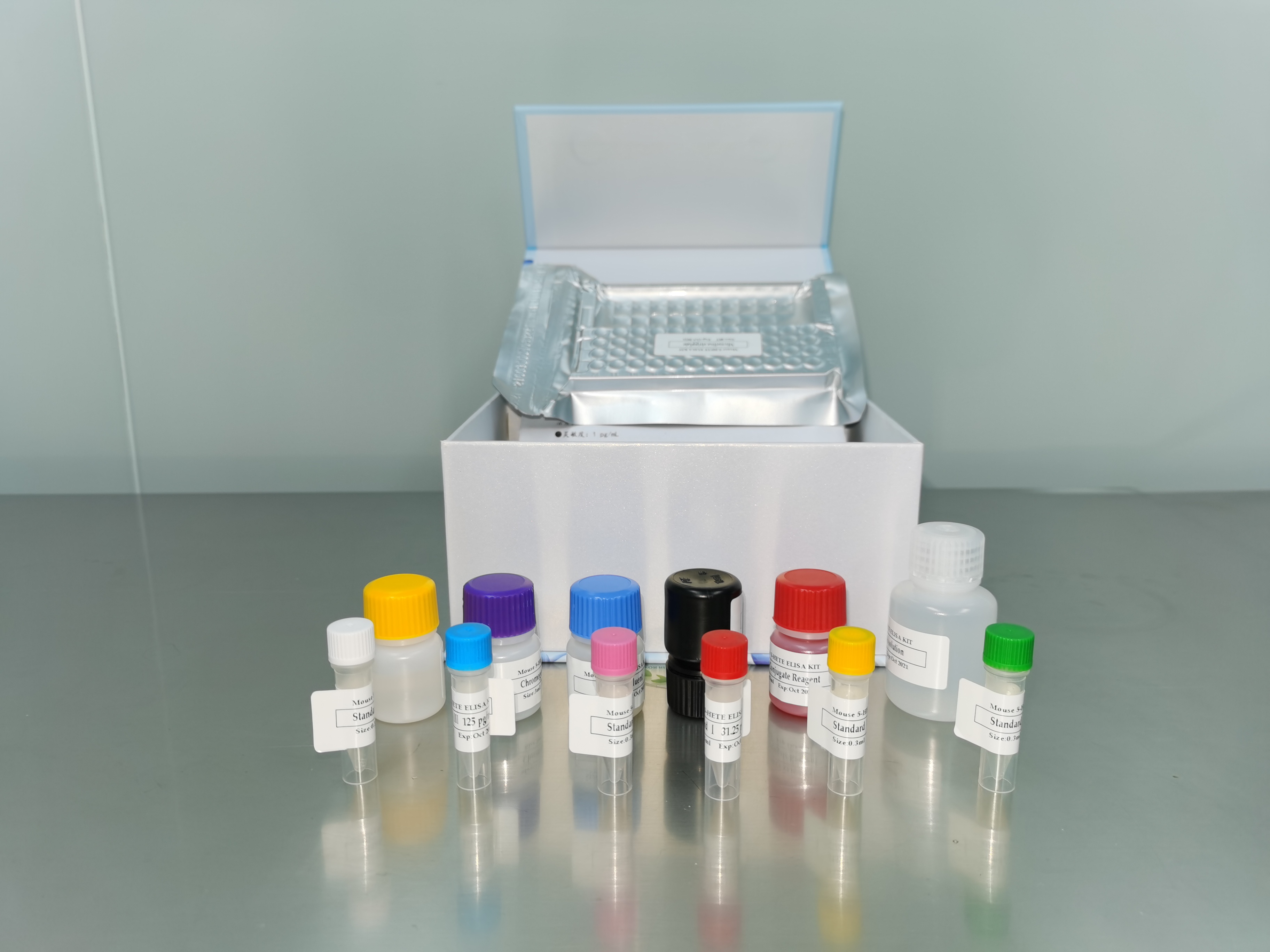| 产品名称: | Euglena gracilis var. bacillaris Pringsheim |
|---|---|
| 商品货号: | TS136313 |
| Strain Designations: | Y(1)BXD |
| Biosafety Level: | 1
Biosafety classification is based on U.S. Public Health Service Guidelines, it is the responsibility of the customer to ensure that their facilities comply with biosafety regulations for their own country. |
| Isolation: | Not applicable |
| Product Format: | test tube |
| Storage Conditions: | Frozen: -70°C or colder Freeze-Dried: 2°C to 8°C Live Culture: See Protocols Section |
| Type Strain: | no |
| Medium: | ATCC® Medium 351: Hutners medium for Euglena ATCC® Medium 1909: Hutners Low pH Euglena Medium |
| Growth Conditions: | Temperature: 25°C Culture System: Axenic |
| Cryopreservation: | Harvest and Preservation
|
| Name of Depositor: | JA Schiff |
| References: | Schiff JA, et al. Isolation of Mutants from Euglena gracilis. Methods Enzymol. 143-162: 1971.. Schiff JA, et al. 2 Isolation of Mutants of Euglena gracilis: An Addendum. Methods Enzymol. 69: 1-29, 1980. Fong F, Schiff J. Blue-Light induced absorbance changes associated with cartenoids in Euglena. Planta 146: 119-127, 1979. Schwartzbach SD, Schiff JA. Chloroplast and cytoplasmic ribosomes of Euglena: selective binding of dihydrostreptomycin to chloroplast ribosomes. J. Bacteriol. 120: 334-341, 1974. PubMed: 4138802 Bingham S, Schiff JA. Events surrounding the early development of Euglena chloroplasts. 15. Origin of plastid thylakoid polypeptides in wild-type and mutant cells. Biochim. Biophys. Acta 547: 512-530, 1979. PubMed: 114218 |


